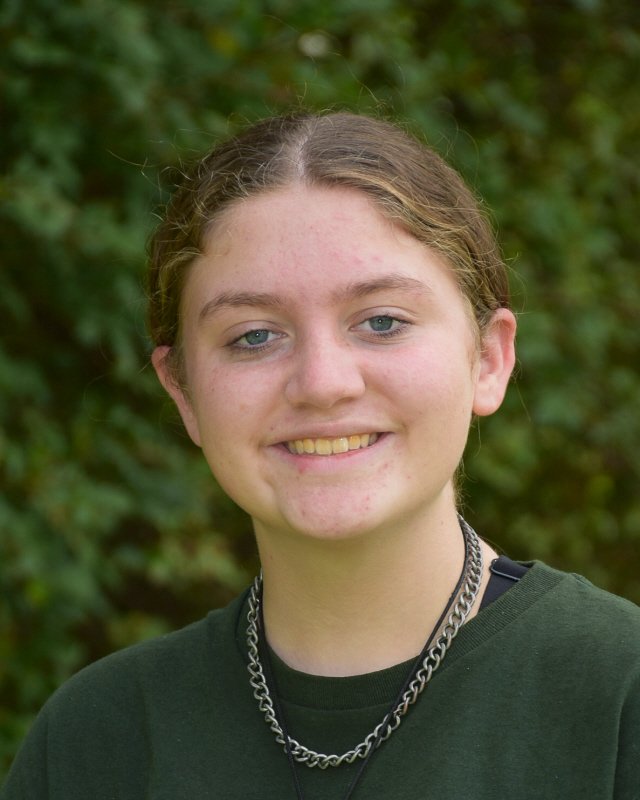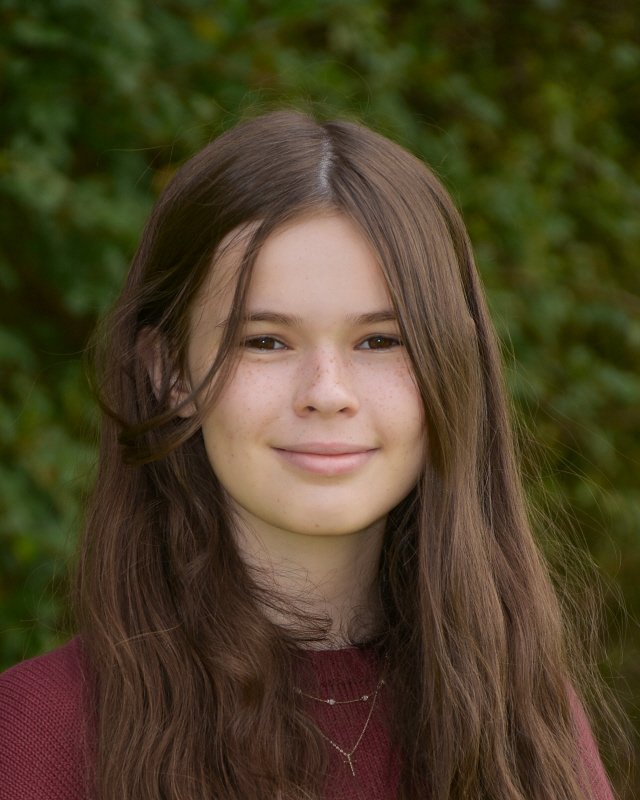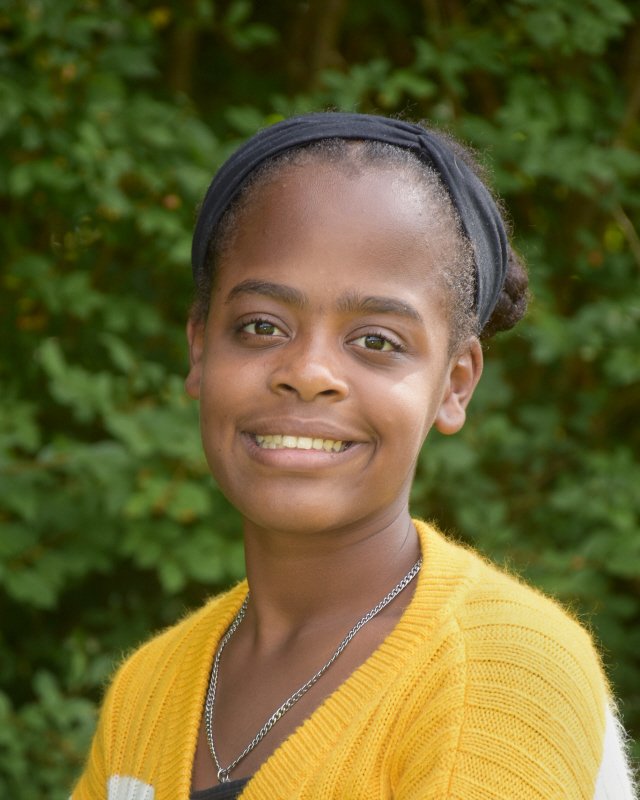What is the White Shirt Project? Part 2
What the White Shirt Project symbolizes to me is a way of thinking about education that is very GUS: a spiraling curriculum that builds art knowledge across the years, a research paper utilizing skills from prior social studies classes, and also the collaborative, cross-curriculum nature of a project that incorporates art, dance, and humanities classes into one unit. It was inspiring for me to watch on the sidelines as these students researched, planned, wrote and then created the insightful, fun, serious, meaningful, and skilled installations that challenged them to dig inward, research and put themselves out into the world as they planned, tackled mishaps or redirections, problem solved, learned, created, wrote, and grew. When these pieces first arrived, and were lined up but not yet labeled, I felt such pride in each one of them realizing I could tell who had made each piece because of the ways in which the White Shirt Project process asks them to put themselves into the art. I am so amazed by what they all did, and by how one assignment over the two years I have been at GUS has produced such a vast range of work and insights. I cannot wait to see the surprises waiting for me when the current seventh graders take what they see this year, what they saw last year, and make the project wholly their own next year.
Almost a full week past 8th Grade Arts Night, our original posters reflect on the project and share ‘Part 2’ to update readers about their completed projects and to share lessons learned with next year’s eighth graders.
Prepping for the White Shirt was a lot of work, but so was making the work itself. We had to research, make a plan, gather our materials, and then sketch, draw, paint, assemble, fold, cut, and come up with creative ideas to problems we encountered to make our visions into a reality. We were uncertain, sometimes we could have used more time, but in the end, we are all proud of what we accomplished and the very fact that we did it.
Katherine: I came up with a basic idea, made multiple rough doodles of what I wanted it to be, and gathered my materials shortly after, creating the final sketch on the canvas. I then went in with paints to add color to the sketch, finally installing the white shirt part of my project. It was difficult and time consuming, and I chose to work in paints because I wanted the challenge of painting since my first experiences making art involved paint and an easel, but lately, I’ve been working with strictly digital forms. In terms of the painting, the meaning is about how I’m growing older but still feel kind of like a kid. If I could give one main piece of advice, it would be to give yourself plenty of time. I definitely wish I had started on the project sooner, due to the size, and there are a few details I’m not as happy with, specifically with the sun portion. It was tricky, though, so it’s hard to think of what I could have done differently. Overall, however, I am pleased with it. I’ve been nervous about going to high school, especially because I’ve been at GUS for what feels like my entire life. It will be a hard change, but I know it’ll work out, so the painting is also meant to signify the opportunities and experiences I have yet to have, and I am glad the White Shirt Project gave me the time and chance to feel more confident, but I am also relieved that it is done. I did it.
Katherine, Inspired by Kehinde Wiley, photo by Margaret Monteith
Josephine, Inspired by Lesley Dill, photo by Margaret Monteith
Josephine: The White Shirt Project asks us to think about ourselves, and our own biography, so I knew I wanted to use words, but going into the project, I struggled to find an artist. I had seen Fiona’s project from last year, also using Lesley Dill, and I was inspired by the Emily Dickinson poem “Hope” is the thing with feathers, but I also wanted a clearer representation of the language and reading portion of my project. Yes, I was basing it off of a poem, but I wanted people to know that writing and reading are important to me too. So I began to think, what if I made the birds out of paper? And not just any old paper, what if I made them out of books? Unlike my initial uncertainty about my visual artist, I immediately knew I wanted to use Little Women by Louisa May Alcott because it stands for so many things I believe in: feminism, kindness, chosen family, and actual family. And, just like the theme of my project, it is a story that is mainly about hope. I made my birds into paper cranes using book pages and incorporated the white shirt by making it into one of the cranes. I strung the cranes up through a long and strenuous process, which took about 10 hours total, and then the cranes got all tangled up on the way to GUS and had to be untangled. When we finally finished the untangling and the installation, I felt so much more proud of it because of all the time and effort put into it than I would have felt if it had been quick and easy. Going into the White Shirt Project, I worried about many things, but overall, untangling the cranes was the biggest problem, and my project changed a bit from how I wanted it at the beginning, but now that I have it as it is, I wouldn’t change a thing. When you see my installation, I hope you feel safe, calm, uplifted, and most importantly, a sense of hope.
Maraya: I chose Gio Swaby, a visual textile artist whose silhouette portraits are created as a love letter to Black women after seeing her exhibit at the Peabody Essex Museum with my class. Inspired by her show, Fresh Up! I made a canvas with blacks and browns and blended the colors, and then I embroidered a face with different fabrics with patterns I felt represented the Black community. Making the work, I ran into a few minor issues such as not having waited long enough to have made the colors dry, so I had to re-blend the colors, which took forever. Now that I am done, I am also really relieved that the project is over, but at the same time, I am excited that I created a project that I am proud of and that is representative of me as a young Black woman. I was happy to know that Lydia Peabody, who curated the Gio Swaby Fresh Up show, was going to be speaking at our school and it was cool to be able to show her my own work in response to hers and hear about how she worked with my artist. She gave me a catalog from the Gio Swaby exhibit too, which made me feel even more connected to and inspired by the work.
Maraya, Inspired by Gio Swaby, photo by Margaret Monteith
Cat, Inspired by Aries Moross, photo by Margaret Monteith
Cat: For me, the white shirt project was initially hard because I couldn’t find a contemporary artist. I had originally wanted to use a modern artist, so I was disappointed, but then in researching, I found a much better fit. Aries Moross is a non binary British graphic designer known for their “Spice World” and “Moross Who?” posters amongst other things. I chose them because of how much they have accomplished at a relatively young age, but also because I felt I could relate to them and their work not only because of my identity but also because their work has “perfection” as a part of it while also being kind of messy. My work showcases eight different people, each wearing the same shirt and standing in the same way, but each portrait looks different to show that one person is not the same as the other. I chose colors that are in the same family to represent that people can have similarities, but again, they are not the same, and making the work for this project gave me a sense of that idea and also how we can find a community within our differences. My second piece focuses on my own identity, representing me becoming more comfortable with myself as I also become comfortable in my communities. I faced many challenges in creating my project, but one thing I learned is that I overthink a lot. As a perfectionist, I needed everything to look a certain way to fit the “picture” in my mind, and even after the posters had been printed, I was trying to make changes, and I started to doubt my work as a whole and worry what people might think or say about it. In the end, I realized that I was not only overthinking but my nerves were getting the best of me, and now that the project is over, I would not change a thing about my works that are showcased here today.








